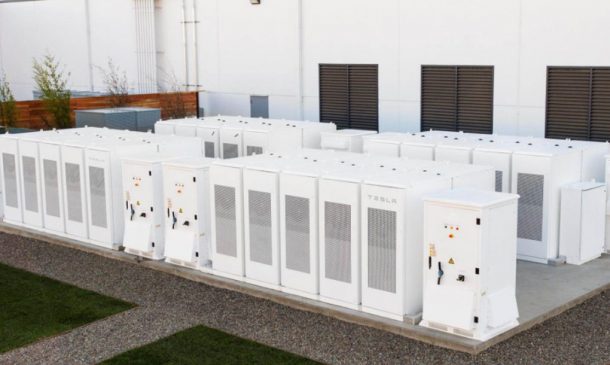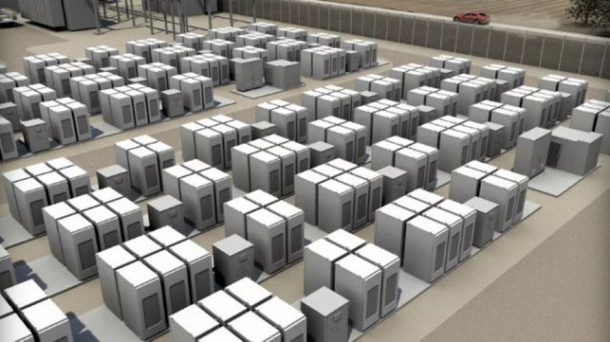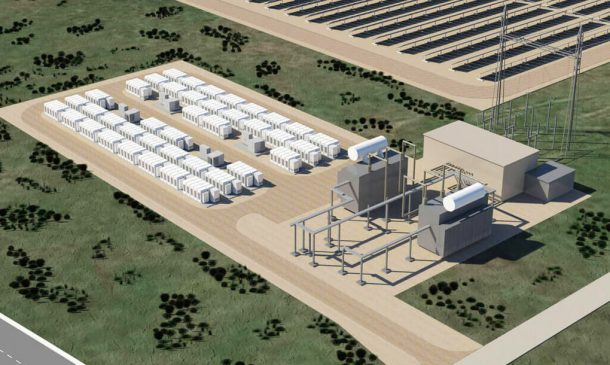Tesla is trying to diversify its portfolio and shed off the image of just being an EV manufacturing firm. As a part of these efforts, the Elon Musk company based in California will engineer a solution to power the Los Angeles city via a Lithium-ion battery.
The battery backup will be used to power up LA when the energy usage is at its peak. The decision to opt for the Li-ion battery was prompted by the massive methane gas leak near Los Angeles last year. The solution will be developed at the new Gigafactory owned by Tesla.

Last year, Aliso Canyon natural gas reservoir developed a leak and sprang about 1.6 million pounds of methane gas into the atmosphere. The nightmarish disaster displaced more than 8000 natives from their homes and was deemed a bigger environmental disaster than the Deepwater Horizon oil spill. The methane gas leaked for months from the reservoir before it was permanently sealed by the workers.

The incident spurred the authorities including the California Public Utilities Commission to look for a peak time solution free of environmental risks. The Commission asked the utility companies to come up with a solution that could be brought online by the end of 2016.
Since battery power forgoes the necessity to install a vast network of pipelines and cables, Tesla was awarded this project. The company announced the news on their site claiming:
“[Tesla] was the only bidder awarded a utility-owned storage project out of the solicitation.”

Tesla will install a 20 MW/80 MWh Powerpack system designed at the Gigafactory in Nevada. Tesla hopes that The Powerpack will be ready for installation in three months. The battery backup will be put up at the Southern California Edison Mira Loma substation, almost 40 miles outside LA. Once fully charged, the battery would be able to power 2500 homes for 24 hours. 15 million LA residents and tourists will benefit from the project.
On completion, the LA Powerpack will be the world’s largest lithium-ion battery backup.


